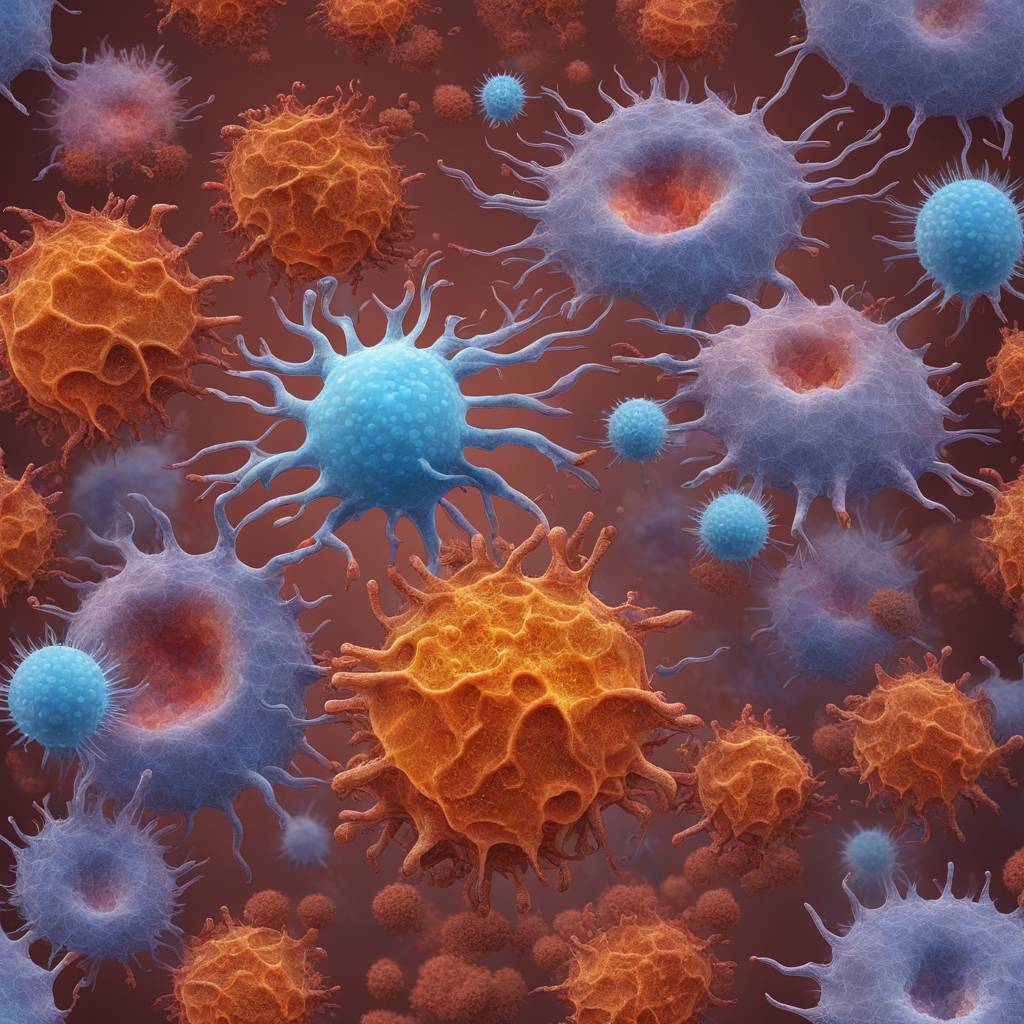Researchers from the University of Tsukuba have uncovered a molecular mechanism that explains how macrophages, a type of immune cell, control the production of heat in brown adipose tissue to help the body maintain its temperature in response to cold environments. The body uses two methods for heat production: shivering-mediated heat production by skeletal muscle and non-shivering thermogenesis by brown adipose tissue. The latter is particularly important for long-term adaptation to cold.
The researchers focused on the role of the transcription factor MAFB in macrophages, which are involved in non-shivering thermogenesis in brown adipose tissue. They bred mice that lacked the MAFB gene and exposed them to cold conditions to study how their body temperature changed. The results showed that the Mafb-deficient mice had reduced heat production in their brown adipose tissue, leading to a decrease in body temperature. Additionally, the density of sympathetic nerve fibers in the brown adipose tissue of these mice was lower compared to wild-type mice. Further analysis revealed that MAFB inhibits the expression of the inflammatory cytokine IL-6, which then reduces the expression of nerve growth factor in brown adipose tissue, ultimately impairing the development of sympathetic nerve fibers.
This study sheds light on the connection between macrophages and body temperature regulation, with potential implications for preserving health in cold climates and treating obesity by increasing energy expenditure. The findings provide a new understanding of how the body maintains its temperature in cold environments and the role of macrophages in this process.
The research was supported by various grants from the Ministry of Education and Sports of Japan, the Uehara Memorial Foundation, the Takeda Science Foundation, the Takamatsunomiya Cancer Foundation, and the World Premier International Research Center Initiative. Overall, this study enhances our knowledge of how the body responds to cold environments and may lead to new strategies for managing body temperature and energy expenditure.


